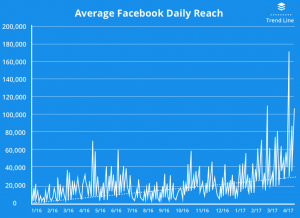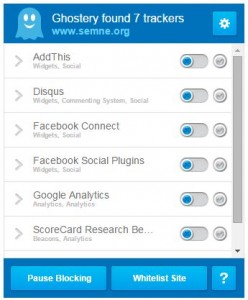The “side hustle” content creator economy is thriving, with earnings growing and influencers highly valued.
In a new report, Adobe says that over 50% of U.S. “non-professional” content creators are now monetizing their work, and over 75% started doing so over the past year. Almost half say content revenue makes up more than 50% of their monthly income.
“Non-professional” content creators are defined in a release as those “exploring creative side hustles and hobbies.”
Content opportunities are huge. At Sitecore Symposium this week, CEO Steve Tzikakis observed that around 1% of marketing budgets is devoted to content, while 5% of the content produced commands 90% of the audience’s attention. The challenge is to focus on the content engaging the audience and apply that marketing budget to it.
Adobe’s detailed “Future of Creativity” study suggests this challenge is being met in part by a thriving “creator economy.” The report was based on a survey of over 5,000 creators across nine global markets.
The headlines. Among the report’s most striking findings:
- Content monetizers are earning more than 6x the U.S. minimum wage.
- 40% are earning more than they did two years ago; 80% expect to be earning more in two years’ time.
- Worldwide, just over half of creators (52%) do not monetize their work.
- One in three creators are focused on creating content for causes, with climate change, social justice and diversity and inclusion leading the pack.
- One third are “side hustlers” with other full-time occupations.
- Influencer status (determined by number of followers) increases revenue. Influencers average almost $ 80 per hour.
Why we care. It was only a few years ago that many professional journalists did not consider bloggers to be real journalists. Nowadays, few professional journalists aren’t bloggers in the broadest sense. Look how the creator economy has changed. Once upon a time, creators were (full-time) paid professionals, working for content studios, agencies, or of course self-employed. We now have a thriving “non-professional” creator economy (although when revenue from content creation makes up most of your earnings, it’s hard to continue to wear the amateur, side-hustle mantle).
What’s aligning with this is brands seeing the value of influencer content as well as user-generated content (UGC; often not monetized), not only as supplementing the work they’re paying agencies to do, but often supplanting it because of perceived authenticity, audience identification and superior engagement.
The post Adobe reports growing opportunities for “non-professional” content creators appeared first on MarTech.
MarTech(19)
Report Post





